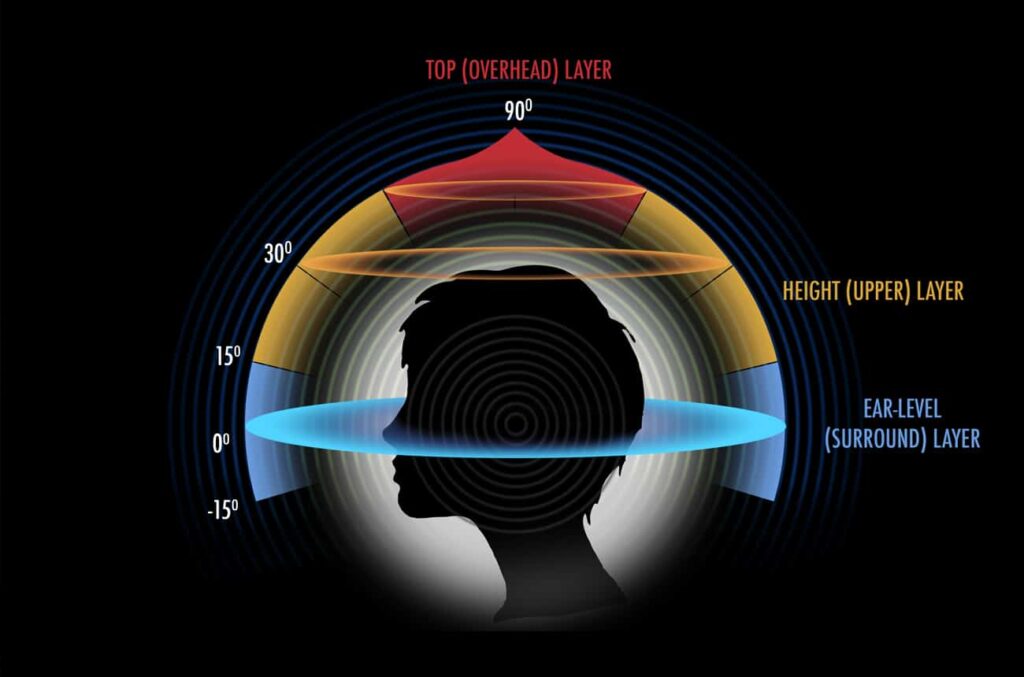Integrating sound into interactive media has transcended mere auditory accompaniment, morphing into an essential element of game design. HTML5 sound integration stands as a compelling avenue for developers, enabling the creation of immersive audio experiences that enhance gameplay and narrative depth. This article explores various aspects of HTML5 sound integration, delving into its intricacies, methodologies, and the profound impact it has on player engagement.
In this exploration of HTML5 sound integration, readers can anticipate a detailed examination of the various types of audio content prevalent in modern gaming environments. Key elements such as ambient soundscapes, dynamic sound cues, and user-triggered audio interactions will be scrutinized, illustrating their pivotal roles in shaping player experiences.
The role of sound in digital environments is often underestimated; however, it serves as a cornerstone for conveying atmosphere, emotion, and immediate feedback. As games evolve, the demand for innovative audio solutions has surged, prompting the adoption of HTML5 as a robust framework for audio integration.
Understanding the nuances of HTML5 audio capabilities is crucial for developers aiming to craft gaming experiences that resonate on multiple sensory levels. This discussion will illuminate the key features of the HTML5 audio element and elucidate how it can facilitate the creation of an engaging aural landscape.
HTML5 provides a versatile audio API that includes functionalities such as playback control, volume manipulation, and event handling, allowing developers to orchestrate intricate audio interactions within their games. The simplicity of invoking the <audio> tag ensures accessibility across various platforms, reducing the barriers to entry for sound implementation in web-based games.
Immersive Soundscapes: Evoking Emotion and Atmosphere
Developers have an arsenal of audio tools at their disposal. One of the most potent is the crafting of ambient soundscapes, which serve to immerse players in an otherworldly environment. Ambient sounds can encompass the rustling of leaves, distant animal calls, or the distant hum of machinery, all coming together to create a rich tapestry of auditory experience.
Research has indicated that sound significantly influences a player’s emotional response. By carefully curating background sounds that align with the game’s narrative and visual design, designers can create an enveloping atmosphere. For instance, a horror game may utilize low-frequency rumblings or dissonant sound patterns to instill dread, while a fantasy adventure could employ melodic strains to evoke wonder.
Moreover, the dynamics of sound layering can enhance the complexity of these soundscapes. By combining multiple audio tracks that react to gameplay elements, developers can induce a sense of realism. When players traverse through different environments, the audio can seamlessly transition from chirping birds in a lavish forest to the echoing drips of water in a damp cave, reinforcing the immersive nature of the game world.
Dynamic Sound Cues: Enhancing Interactivity and Feedback
Central to immersive audio experiences are dynamic sound cues, which provide immediate auditory feedback in reaction to player actions. These audio signals serve not only as indicators of progress but also enrich the storytelling experience. Designers often rely on intricate sound libraries filled with various effects, allowing them to assign specific sounds to player interactions.
Consider the implementation of sound cues in an action-adventure game where every sword clash, spell casting, or item acquisition has a distinct auditory signature. The strategic use of sound cues can inform players about their surroundings and potential threats, contributing to the overall gameplay. A carefully timed sound cue can heighten tension, as players anticipate an imminent challenge, or provide a rewarding sensation upon achieving a goal, thus promoting engagement.
Furthermore, the concept of responsive sound design plays a significant role in player immersion. Utilizing the HTML5 audio API, developers can manipulate sound properties in real-time, allowing the audio to adapt to the player’s actions. For example, increasing spatial presence in a racing game as players speed along a track can intensify the experience. Such techniques can involve panning audio based on the player’s position, simulating a 3D sound environment that responds proportionally to in-game dynamics.
User-triggered Audio Interactions: Empowering Player Agency
Another fascinating facet of HTML5 sound integration lies in user-triggered audio interactions. As games evolve toward greater player agency, allowing users to manipulate audio experiences directly can enhance the richness of gameplay. This could manifest in various forms, such as enabling players to turn specific sound effects off or on, or even allowing customization of in-game music.
Musicians and sound designers can collaborate to create adaptive soundtracks that shift based on player choices, offering a personalized audio experience. When players feel a sense of ownership over the audio elements within a game, their emotional investment tends to deepen, thus amplifying their overall experience. For instance, in a role-playing game, the ability to select background music during pivotal story moments can create memorable experiences that resonate long after gameplay concludes.
Incorporating user-triggered interactions requires developers to consider how these choices impact gameplay and narrative continuity. It is paramount to maintain a balance that preserves the integrity of the storyline while simultaneously providing players with empowered audio responses that enhance immersion.
The Technical Landscape: Tools and Frameworks for HTML5 Sound
The technical framework surrounding HTML5 sound integration is equally critical in facilitating the design of immersive audio experiences. Numerous libraries and tools exist to streamline audio handling processes, ensuring that developers can realize their auditory visions efficiently. Libraries such as Howler.js offer robust utilities that simplify the management of audio files, enabling features like sound sprites, spatial audio, and advanced playback capabilities.
Additionally, the recent introduction of Web Audio API in tandem with HTML5 has ushered in a new era for audio developers. With extensive capabilities for sound analysis, filtering, and spatial rendering, Web Audio API provides a superior tool for creating rich, immersive audio ecosystems within games. For instance, dynamically reacting to player movement using 3D audio positioning can bolster the realism of virtual environments, further bridging the gap between the user and the digital realm.
Moreover, ensuring compatibility across a range of devices presents another challenge. Developers must be cognizant of varying browser capabilities and audio formats to ensure a seamless experience. The advent of HTML5 has generally ameliorated these issues, promoting a more standardized approach to audio integration. Nevertheless, diligent testing across different platforms is necessary to optimize sound experiences, reaffirming their function and significance in gameplay.
Challenges and Future Directions in HTML5 Sound Integration
Despite its many advantages, HTML5 sound integration is not devoid of challenges. As technology advances, audio fidelity expectations grow, necessitating continuous adaptation by developers. Addressing cross-browser inconsistencies and integrating advanced sound capabilities while maintaining performance remains a complex task. Furthermore, combating issues such as audio latency in real-time interactions is pivotal.
Looking toward the future, the potential for augmented and virtual reality integration suggests monumental opportunities for HTML5 sound integration. Such environments demand innovative auditory experiences that harmonize with visual stimuli, creating an all-encompassing sensory encounter. As developers continue to explore these uncharted waters, the intersection of sound and technology will inevitably evolve, enriching interactive experiences for players globally.
In conclusion, HTML5 sound integration embodies a fundamental cornerstone of immersive audio design in gaming. As developers leverage the creative opportunities afforded by HTML5, they can orchestrate intricate, responsive, and emotive audio landscapes. Through the thoughtful application of ambient soundscapes, dynamic sound cues, and user-triggered interactions, a richer gaming experience emerges, fostering deeper player engagement. The ongoing evolution of sound technology promises to further enhance this trajectory, ensuring that audio will remain a vital component of the digital narrative for years to come.



